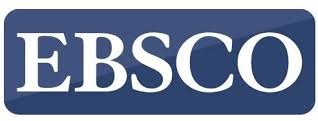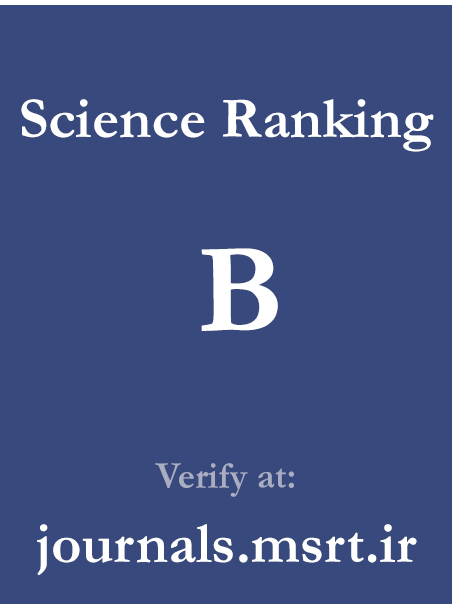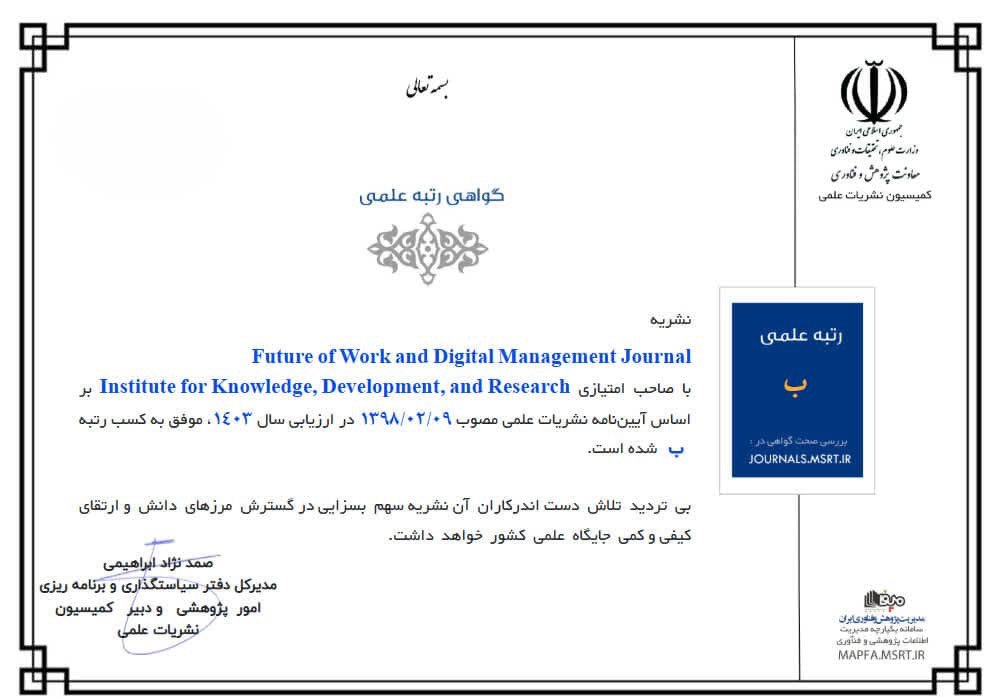Identification and Prioritization of Indicators for Enhancing the Symbolic Capital of Managers (Case Study: SAIPA Automotive Group)
Keywords:
Symbolic capital, managerial legitimacy, leadership development, Components of organizational culture, ethical management, SAIPA Automotive GroupAbstract
The objective of this study is to identify, validate, and prioritize the key components and indicators that contribute to the enhancement of managers’ symbolic capital within the SAIPA Automotive Group. This applied qualitative study was conducted within an inductive research paradigm. The statistical population comprised academic and organizational experts in management and sociology. Using purposive and snowball sampling techniques, 18 experts were selected based on the principle of theoretical saturation. Semi-structured interviews were employed for data collection, focusing on managerial behaviors, ethical leadership, communication networks, and innovation practices as sources of symbolic capital. Thematic analysis was performed using MAXQDA 2020 software to extract main themes, subthemes, and conceptual indicators. Content validity was assessed using Lawshe’s CVR method to refine and validate the indicator set, while the Friedman test in SPSS 26 was used to prioritize the identified indicators based on expert consensus. The analysis identified four main dimensions, sixteen subdimensions, and ninety-three validated conceptual indicators for enhancing managers’ symbolic capital. The results revealed that personal and professional capitalization—encompassing psychological competence, ethical integrity, and communicative credibility—was the highest-ranked dimension, followed by sustainable and innovative value management, emphasizing adaptability, resilience, and innovation-driven legitimacy. Integrated performance management and development of managerial skills and competencies ranked third and fourth, respectively. The Friedman test results indicated statistically significant differences in mean rankings (p < 0.05), confirming that intangible factors such as ethics, communication, and organizational culture play a more decisive role in symbolic capital development than purely technical competencies. Symbolic capital operates as a strategic asset that integrates ethical credibility, innovation culture, and interpersonal influence into sustainable managerial legitimacy. Enhancing symbolic capital requires systematic cultivation of ethical leadership, communication excellence, and organizational adaptability to strengthen trust and reputation in complex industrial environments.
Downloads
References
[1] T. Basaran and C. Olsson, "Becoming international: On symbolic capital, conversion and privilege," Millennium, vol. 46, no. 2, pp. 96-118, 2018, doi: 10.1177/0305829817739636.
[2] R. Bocquet, G. Cotterlaz-Rannard, and M. Ferrary, "How do NPOs get funding? A business model perspective based on the conversion of symbolic capital," Nonprofit and Voluntary Sector Quarterly, vol. 49, no. 6, pp. 1233-1258, 2020, doi: 10.1177/0899764020925912.
[3] A. Buck, "The corporate networks and symbolic capital of British business leaders," Sociological Perspectives, vol. 61, no. 3, pp. 467-486, 2018, doi: 10.1177/0731121417753368.
[4] T. Pret, E. Shaw, and S. Drakopoulou Dodd, "Painting the full picture: The conversion of economic, cultural, social and symbolic capital," International Small Business Journal, vol. 34, no. 8, pp. 1004-1027, 2016, doi: 10.1177/0266242615595450.
[5] T. Fuller and Y. Tian, "Social and symbolic capital and responsible entrepreneurship: An empirical investigation of SME narratives," Journal of Business Ethics, vol. 67, no. 1, pp. 287-304, 2006, doi: 10.1007/s10551-006-9185-3.
[6] R. Caldwell, "HR directors in UK boardrooms: a search for strategic influence or symbolic capital?," Employee Relations, vol. 33, no. 1, pp. 40-63, 2011, doi: 10.1108/01425451111091645.
[7] M. Noordegraaf and W. Schinkel, "Professionalism as symbolic capital: Materials for a Bourdieusian theory of professionalism," Comparative Sociology, vol. 10, no. 1, pp. 67-96, 2011, doi: 10.1163/156913310X514083.
[8] C. Lavin, "The Symbolic Capital of the Neoliberal University," Emancipations: A Journal of Critical Social Analysis, vol. 3, no. 1, pp. 1-27, 2024, doi: 10.55533/2765-8414.1066.
[9] A. Michelson and K. Paadam, "Destination branding and reconstructing symbolic capital of urban heritage: A spatially informed observational analysis in medieval towns," Journal of Destination Marketing & Management, vol. 5, no. 2, pp. 141-153, 2016, doi: 10.1016/j.jdmm.2015.12.002.
[10] W. Lizé, "Artistic work intermediaries as value producers. Agents, managers, Tourneurs and the acquisition of symbolic capital in popular music," Poetics, vol. 59, pp. 35-49, 2016, doi: 10.1016/j.poetic.2016.07.002.
[11] S. Conway, J. McDonagh, M. Farrell, and A. Kinsella, "Cease agricultural activity forever? Underestimating the importance of symbolic capital," Journal of Rural Studies, vol. 44, pp. 164-176, 2016, doi: 10.1016/j.jrurstud.2016.01.016.
[12] K. Lueg and C. Nielsen, "Impression management as symbolic capital: an intercultural comparison of presentations by CEOs on social network sites," Communication & Language at Work, vol. 4, no. 4, pp. 88-120, 2015, doi: 10.7146/claw.v1i4.20774.
[13] A. A. Efanov, "The structure of symbolic capital in the modern communication environment: digital network progression," Digital Sociology, vol. 6, no. 2, pp. 51-57, 2023, doi: 10.26425/2658-347X-2023-6-2-51-57.
[14] M. V. Demidova, "The Place of Symbolic Capital in Metamodern Society: Values and Habitus Matrices," Intelligence. Innovations. Investments, vol. 1, no. 2, pp. 66-74, 2024, doi: 10.25198/2077-7175-2024-2-66.
[15] K. Kang and J. Lee, "The symbolic capital of the artist and the legitimacy of AI art: Focusing on Damien Hirst's [Beautiful Paintings]," Arts Management Research, vol. 2, no. 48, pp. 37-64, 2024, doi: 10.52564/JAMP.2024.71.37.
[16] S. Simakova, "Practices of mastering the space of the memorial landscape as an element of the symbolic capital of Arkaim," Sign: a problematic field of media education, no. 1, pp. 103-107, 2024, doi: 10.47475/2070-0695-2024-51-1-103-107.
[17] V. V. Sudakova, "Symbolic capital of the territory as a resource for revitalization: identification methods," Bulletin of Omsk State Pedagogical University. Humanitarian studies, vol. 2, no. 39, pp. 45-49, 2023, doi: 10.36809/2309-9380-2023-39-45-49.
[18] T. Olesen, "After the organization: Symbolic capital and negative expert knowledge in post-whistleblowing careers," Acta Sociologica, 2024, doi: 10.1177/00016993241281461.
[19] M. Ostovar and N. Ali Ramaei, "The symbolic capital of Iranian intellectuals and the construction of revolutionary ideology: A case study of Jalal Al-e Ahmad and Ali Shariati," Quarterly Journal of Political Discourse of the Islamic Revolution, vol. 3, no. 1, pp. 138-162, 2024. [Online]. Available: https://www.magiran.com/paper/2723329/the-symbolic-capital-of-iranian-intellectuals-and-the-construction-of-a-revolutionary-ideology-case-study-of-jalal-al-ahmad-and-ali-shariati?lang=en.
[20] A. Ghorashi, M. Haghighatian, and S. A. Hashemian-Far, "The relationship between types of interactions (discrete and continuous) and cultural and symbolic capital," Monthly Journal of Iranian Political Sociology, vol. 5, no. 8, pp. 1583-1608, 2022. [Online]. Available: https://jou.spsiran.ir/article_155722.html.
[21] H. Salehi, R. Sepehvand, and S. N. Mousavi, "Designing a model for reproducing symbolic capital for leaders in cultural organizations of the Islamic Republic of Iran using a structural-interpretive modeling approach," Quarterly Journal of Social Capital Management, vol. 8, no. 1, pp. 71-97, 2021. [Online]. Available: https://jscm.ut.ac.ir/article_79757.html.
[22] J. Ryan, S. Silvanto, and H. E. Ozkaya, "A contextual, theoretical and empirical analysis of the uses of university degrees as symbolic capital in self-initiated expatriation," European Journal of International Management, vol. 9, no. 5, pp. 614-634, 2015, doi: 10.1504/EJIM.2015.071536.
[23] V. M. Derini and E. Namdar Joyami, "Identifying dimensions of symbolic capital and its relationship with consumer buying behavior in sports equipment stores," Quarterly Journal of Applied Research in Sports Management, vol. 8, no. 3, pp. 25-35, 2019. [Online]. Available: https://arsmb.journals.pnu.ac.ir/article_6185.html.
[24] H. Sadeghi, F. Abbas-Abadi, and E. Namdar Jowimi, "Examining the relationship between symbolic capital and organizational citizenship behavior and knowledge sharing," in Third International Conference on Accounting and Management, Tehran, 2015. [Online]. Available: https://en.civilica.com/doc/441705/.
[25] M. A. Euflausino and E. Y. Ichikawa, "Subspecies of Symbolic Capital within Ordinary Management," Organizações & Sociedade, vol. 29, no. 102, pp. 569-593, 2022, doi: 10.1590/1984-92302022v29n0025en 10.1590/1984-92302022v29n0025pt.
Downloads
Published
Submitted
Revised
Accepted
Issue
Section
License
Copyright (c) 2024 Alireza Habibi, Jafar Beikzad, Rahim Abdollahfam (Author)

This work is licensed under a Creative Commons Attribution-NonCommercial 4.0 International License.








